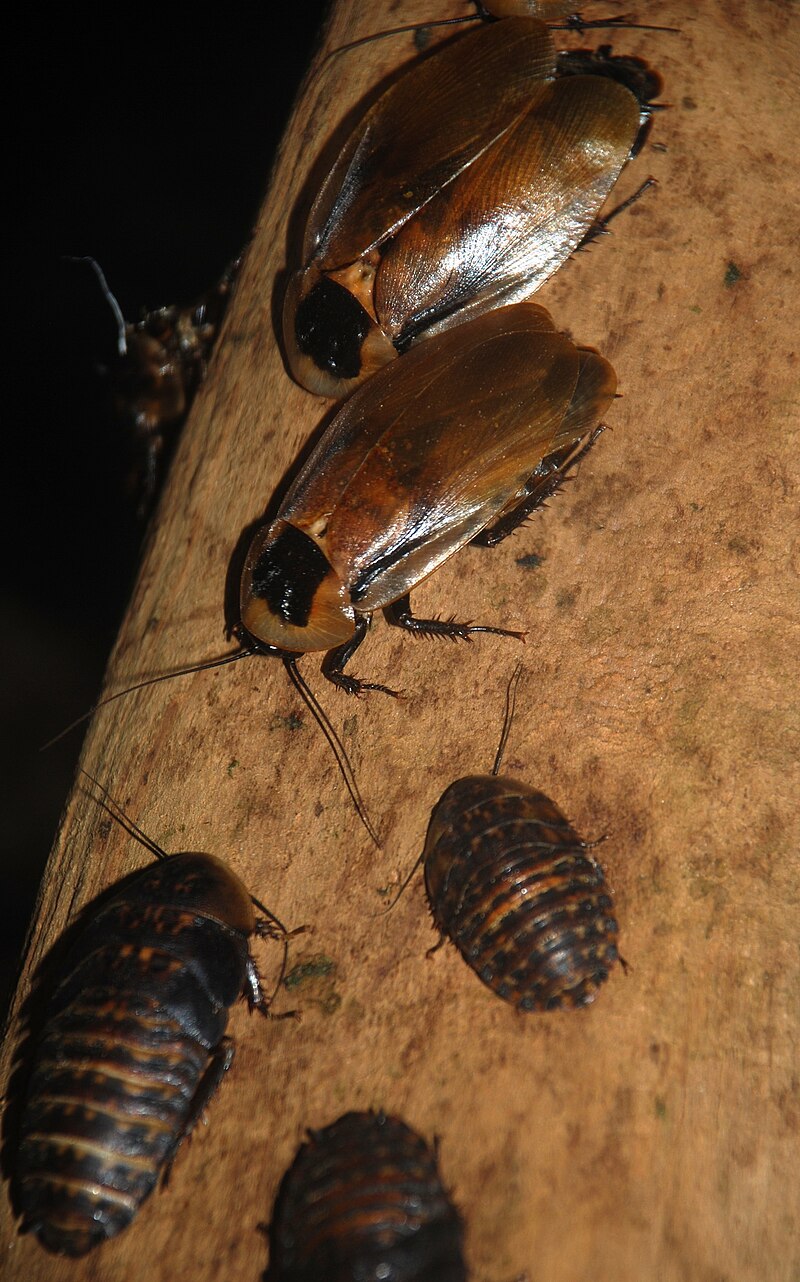Dubia roaches are one of the most popular feeder insects for amphibian, reptile, and tarantula owners.
They are easy to keep and breed. They are unable to jump or climb smooth surfaces, they are also slow-moving and quiet, which makes them ideal.
These roaches are not allowed in some states in the United States, which means you may have to find an alternative feeder insect for your pet.
Where Are Dubia Roaches Illegal?
Dubia roaches are illegal in Florida, Hawaii, and Canada. You cannot import or keep them in these states.
Why Are Dubia Roaches Illegal In Florida And Other Places?
Dubia roaches are illegal in Florida, due to the area being the perfect breeding ground for these fast-breeding cockroaches. They are considered an invasive species and the area is focusing heavily on stopping invasive species from entering.
One dubia roach escaping in Florida could easily breed and survive, which is why you cannot have them as feeder insects here.
Hawaii also offers the perfect breeding ground for these roaches, which could quickly breed and survive, invading the island.
Canada, on the other hand, is an import restriction regulation that has made these feeder insects illegal.
What Are Alternatives?
Just because Dubia roaches are illegal in your location, doesn’t mean your pet cannot enjoy the nutritional benefits of cockroaches.
There are a number of alternatives you can try, these include:
1. Australian Roach

Australian roaches (Periplaneta australasiae) live outdoors, but can be found inside the home. They are very common in southern Florida and look similar to the American cockroach, except for the light-yellow bands on the upper side of the forewings.
Adults can grow up to 3.5cm, making them ideal feeder insects.
They range in color from brown to red-brown with functional wings.
2. Surinam Roach

This is also known as the greenhouse cockroach and is a burrowing roach and is a plant pest in subtropical regions around the world.
The population is mostly female, which reproduces through parthenogenesis.
They isolate their populations in temperate climates.
Adults grow to around 0.98 inches (2.5cm) are black to dark brown with pale brown wings.
Males are seldom produced, but when they are their wings are longer than the females, which completely cover the abdomen. These are not good flyers, making them easy to look after as feeder insects.
Nymphs are around 0.18 inches when they are born. They are translucent white with orange mandibles. The exoskeleton hardens and becomes a glossy brown within six hours.
3. Green Banana Roach

Green banana roach (Panchlora nivea) or Cuban cockroach is a small roach found in Cuba and the Caribbean, as well as Florida and Texas.
It is found in subtropical and tropical climates with females growing to 2.4cm and males to 1.5cm.
They are strong fliers and yellow-green to pale green in color with a yellow line that runs down the side.
They are rarely found inside the home.
They are a popular alternative to Dubia roaches.
4. Horseshoe Crab Roach
The horseshoe crab roach (Hemiblabera tenebricosa) is a non-flying and non-climbing cockroach, an ideal feeder insect for your pet that is easy to keep.
They are close to the Dubia roach when it comes to size, care, and breeding.
They are light brown in color with large nymphs.
They can breed and survive well at room temperature without any special heating needed to hatch the offspring.
5. Death’s Head Roach

The death’s head cockroach (Blaberus craniifer) belongs to the Blaberidae family and is often confused with the Discoid roach, due to their similar appearance.
Death’s head roaches have black cloak markings on their wings and a skull shape black marking on the pronotum.
This is a relatively easy roach to care for as a feeder insect for your amphibian, reptilian, or tarantula pet.
6. Discoid Roach

This Discoid roach (Blaberus discoidalis) is often referred to as the false death’s head roach, native to Central America, belonging to the Blaberidae family.
Adults grow to around 1.8 inches (4.5cm) in length with tan coloration and dark brown or black patches on the pronotum.
Juveniles are brown with tan specs and mature within five months.
Even though the adults do have wings, they are not active fliers, they also cannot climb smooth surfaces, which makes them very easy to care for and feed to your pet.
They breed easily in captivity, reaching breeding age by six months when they are kept at around 90ºF, which is the best temperature for breeding.
7. Pallid Roach
The Pallid roach (Phoetalia pallida) is a soft-bodied cockroach, which comes from South America, growing to around 2.5cm.
They are live bearers and easy to keep and are fast breeders.
They are able to climb glass but are not considered invasive.
This roach is actually one of the fastest breeding of the live bearing roaches, which are native to Florida.
They mature quickly and are considered a great alternative to crickets for many pet owners.
Summary
If you live in Florida, Hawaii, or Canada, it doesn’t mean your pet doesn’t have to miss out of the nutritional goodness of cockroaches, adding variety to their diet.
Some pet owners prefer keeping roaches over crickets, due to the fact that they are considerably quieter and easy to breed.
The roaches listed above are fantastic alternatives to Dubia roaches. Adding variety to your pet’s diet ensures that it gets all the vitamins, minerals, and protein it needs.
Remember to always dust your feeder roaches with quality calcium supplements, to reduce the risk of your pet developing metabolic bone disease.
Further Reading: